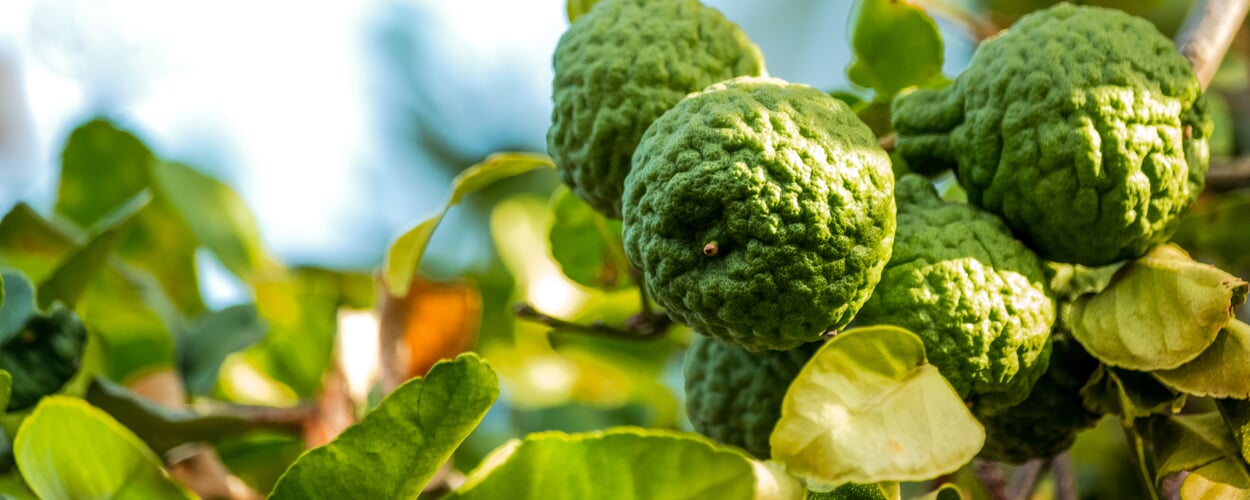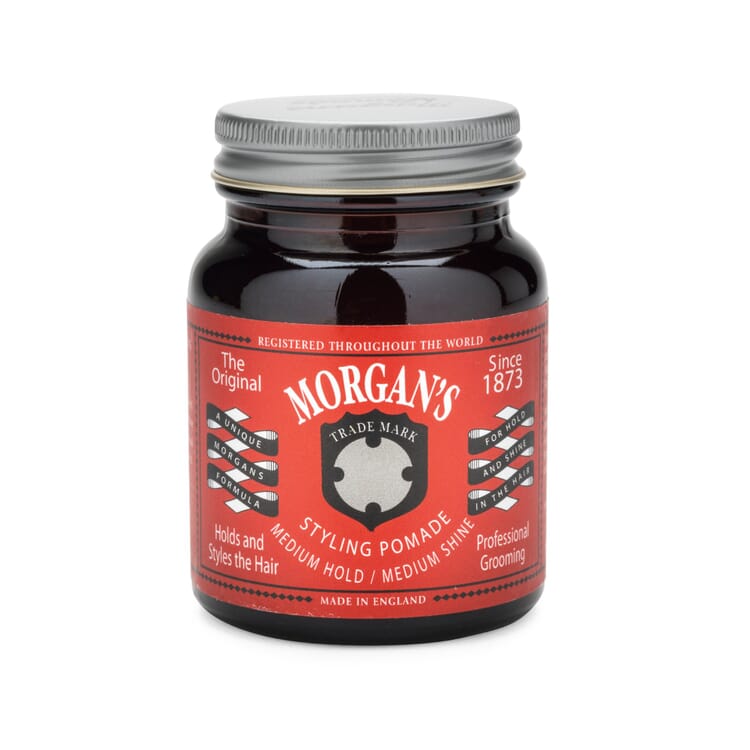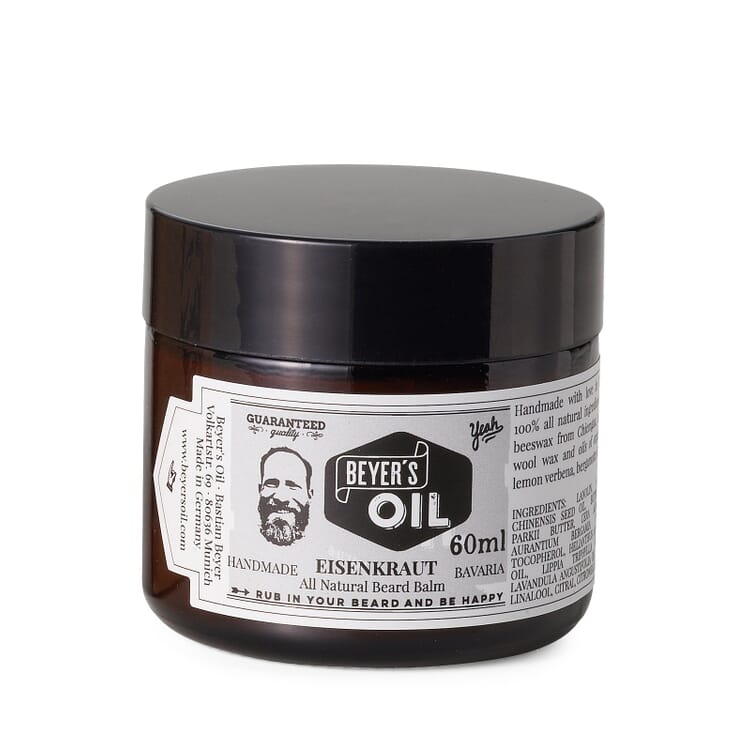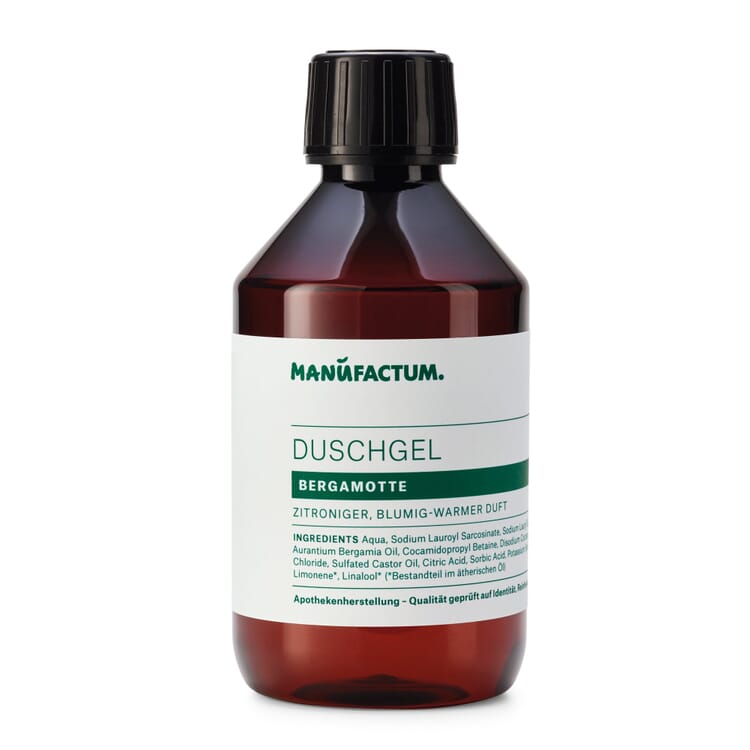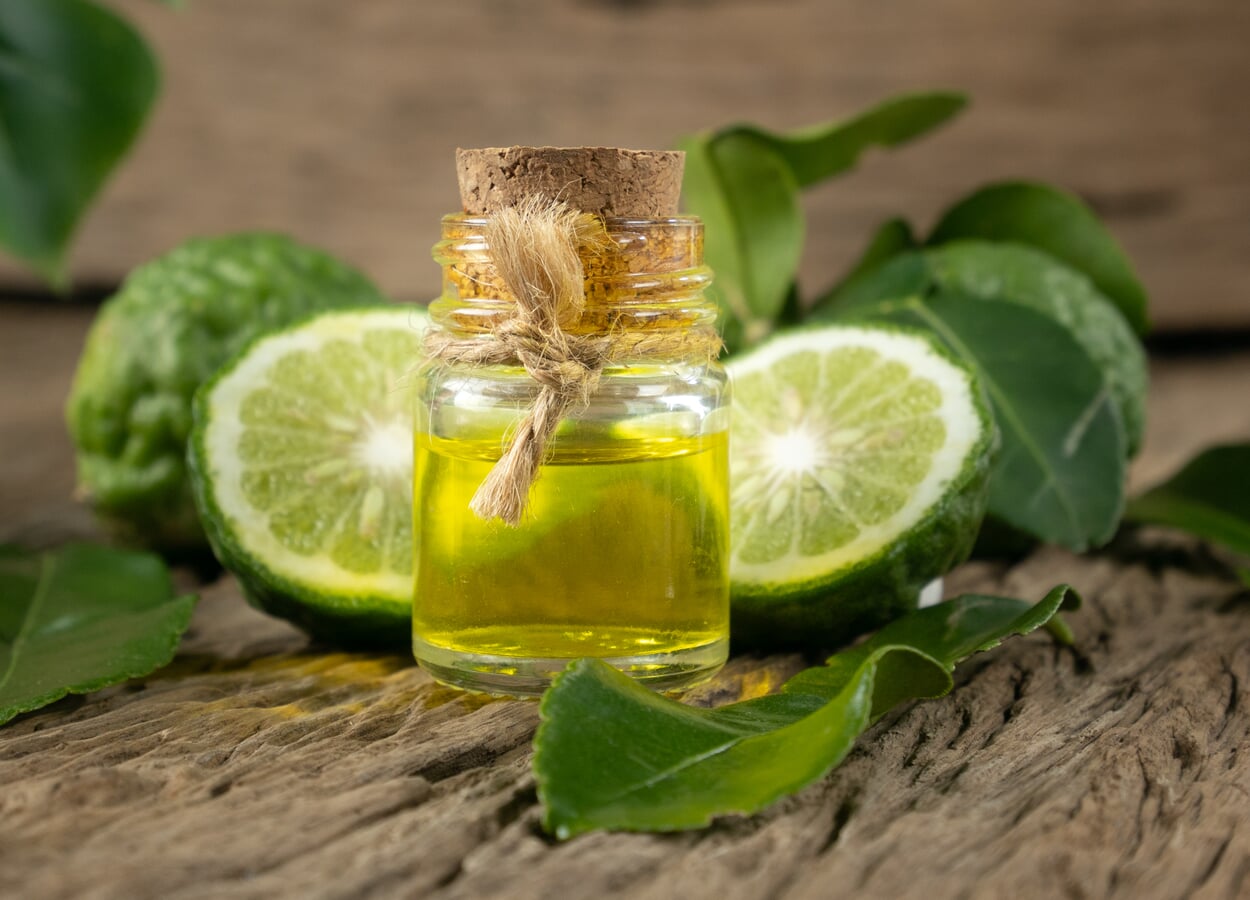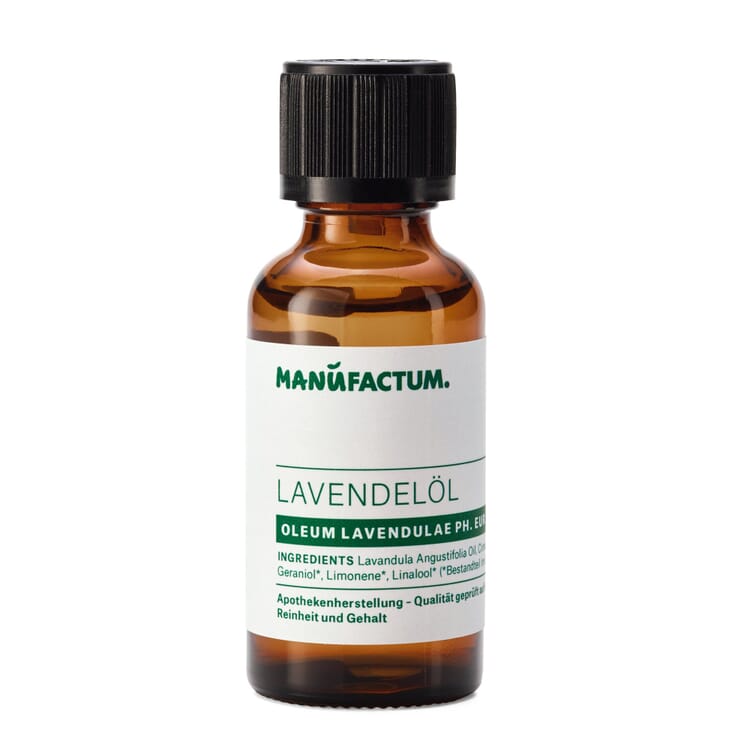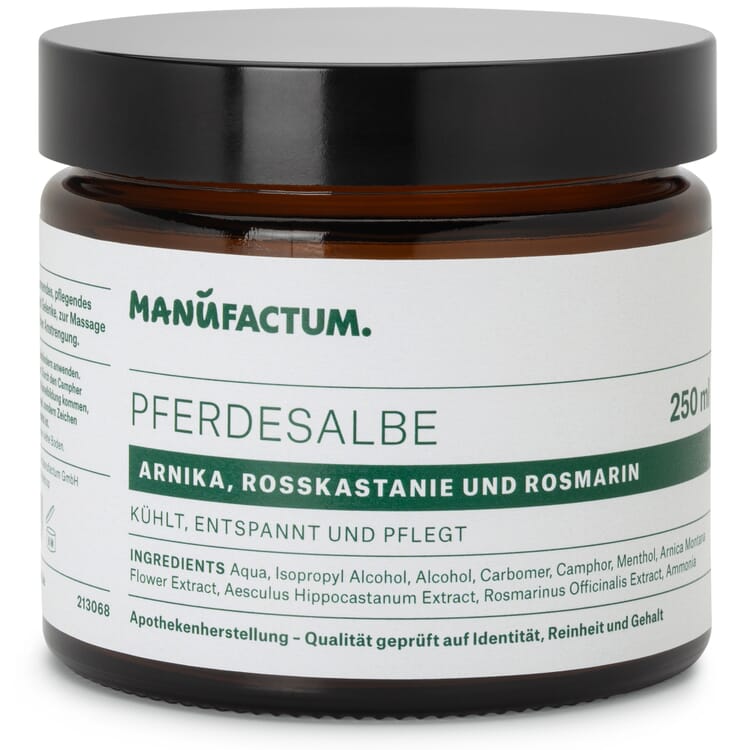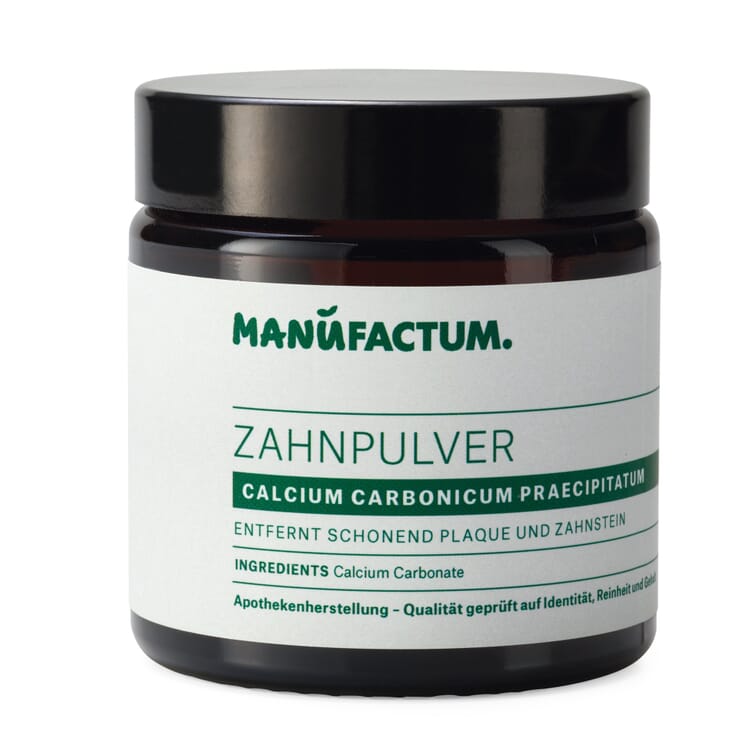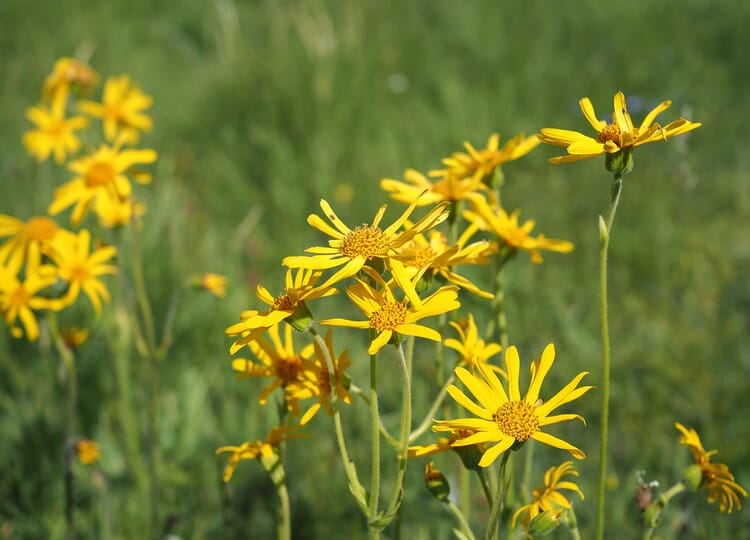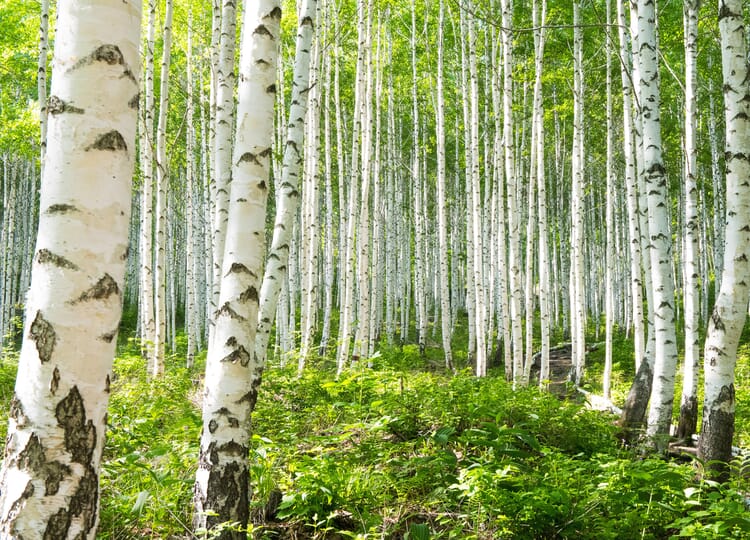Medicinal plants A|B|C
Bergamot (Citrus bergamia)
The evergreen bergamot originated in the 16th century as a cross between bitter orange and citron. The tree, which can reach a height of four meters, blooms only once a year, unlike other citrus plants. Its fruits are lemon yellow when ripe, about the size of tennis balls and particularly thick-skinned. These fruit shells make the bergamot so sought-after: the valuable bergamot oil is extracted from them by cold pressing - also known as "green gold".
Origin and cultivation
Although its namesake is probably the northern Italian city of Bergamo, the bergamot is grown almost exclusively in a narrowly defined coastal area of the southern Italian region of Calabria. Only here do the soil and climate offer the best conditions for this demanding tree. If its great thirst for water is then also quenched without waterlogging forming, nothing stands in the way of harvesting the best fruit. However, traders must be vigilant: Because the coveted bergamot oil is more expensive than other citrus oils, in the past it has repeatedly appeared on the market in adulterated form.
Ingredients
All citrus oils are said to have a refreshing effect, but bergamot oil can do even more: it invigorates and even has a strongly pronounced antidepressant effect. As a so-called serotonin reuptake inhibitor, bergamot ensures that the feel-good hormone serotonin remains freely available in the body for a longer period of time. No wonder, for example, that it is often used to relieve nervousness before exams. "The scent makes you euphoric," it is said - Calabrian producers know about it, that people laugh much more happily during the bergamot harvest than during the olive harvest, for example.
Products with bergamot
Use of bergamot oil
- Thanks to its particularly complex composition of aromas, bergamot oil has gained a firm place in perfumery; hardly any scented water or perfume can do without bergamot oil as a defining ingredient. It is also known as the aroma component of the English tea Earl Grey
- The invigorating fragrance is also added to shower gels, deodorants, soaps and toothpaste. Unlike other citrus oils, bergamot oil is mild and kind to the skin
- A gargle solution made from sea salt, tea tree oil and bergamot oil has proved very effective for sore throats and nascent colds
- In Italy, the candied and pickled peels are served as garnishes with meals. Jam is cooked from the very sour and bitter pulp - but usually with a moderating proportion of orange or lemon juice.
Bergamot oil has a photosensitizing effect due to the furanocoumarins it contains. Therefore, a period of at least four hours should elapse between external application and sunbathing.
Exclusive Manufactum body care products
Recommended Topics
The sunny yellow, almost palm-sized flowers of arnica appear from June to August and have the typical structure of a composite flower. The whole plant has glandular hairs and smells aromatic. Originally it was at home everywhere in Europe, Central Asia and North America on nutrient-poor (mountain) meadows and boggy sites. But because there are hardly any unfertilized areas left and arnica was intensively collected for centuries because of its healing power, it has become very rare.
View moreThe avocado tree, which can grow up to 20 meters high, is related to the cinnamon tree and bay laurel and, like these, belongs to the laurel family of plants. It likes it warm and humid and feels comfortable in tropical and subtropical areas. It takes ten years for the avocado tree to bear fruit for the first time; botanically speaking, these are berry fruits. Depending on the variety, they are egg- to pear-shaped. The Aztecs, however, had a different association: their name for the fruit is ahuacatl, meaning testicle.
View moreThere are about 100 species of birch in the temperate climate zone of the northern hemisphere; bog birch (Betula pubescens) and slope birch (Betula pendula) are used pharmaceutically. Both have a typical white-black bark when young and are light-hungry site artists. However, one copes with particularly wet sites, the other with very dry ones. Their small, diamond-shaped leaves with their strikingly fresh, bright green are perfect harbingers of spring.
View more
